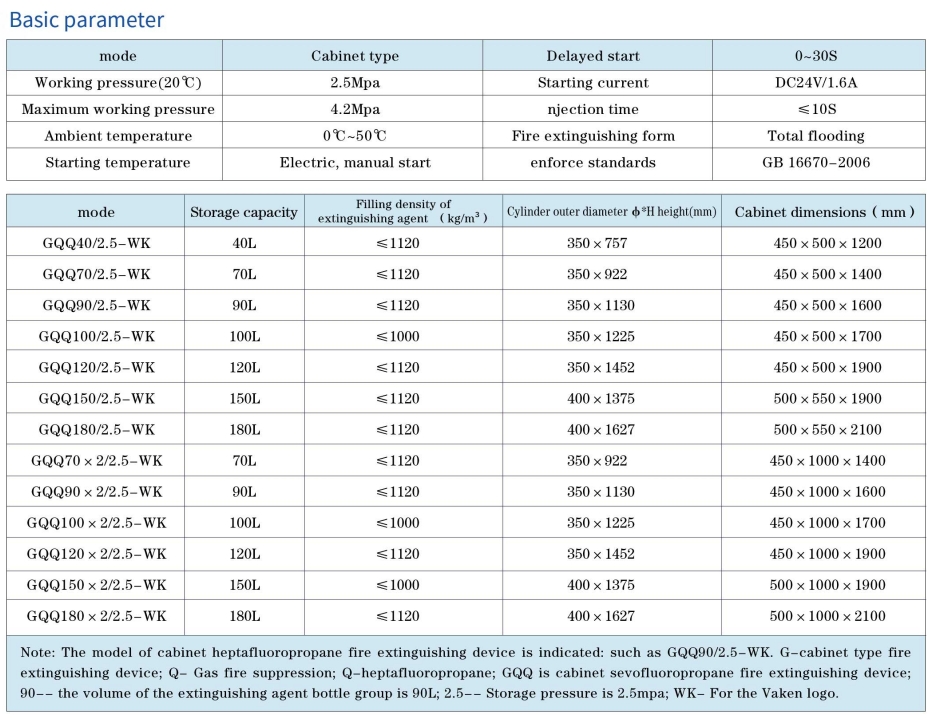

-
About Us
- ꀶ Our story
- ꁘ Contact Us
-
Products
- Gas fire extinguishing device series
- Aerosol fire extinguishing device
- High pressure water spray extinguisher
- Superfine dry powder extinguisher
- Foam fire extinguishing agent
- Water fire extinguishing agent
- Water-based fire extinguishers
- Civil building fire ventilation fan
- Factory workshop ventilation/fire valve
- Fire smoke exhaust system &valve
-
Support
- ꀳ Warranty
- ꄆ Download
- Technology
-
Cases
-
FAQ


-
About Us
- ꀶ Our story
- ꁘ Contact Us
-
Products
- Gas fire extinguishing device series
- Aerosol fire extinguishing device
- High pressure water spray extinguisher
- Superfine dry powder extinguisher
- Foam fire extinguishing agent
- Water fire extinguishing agent
- Water-based fire extinguishers
- Civil building fire ventilation fan
- Factory workshop ventilation/fire valve
- Fire smoke exhaust system &valve
-
Support
- ꀳ Warranty
- ꄆ Download
- Technology
-
Cases
-
FAQ
PRODUCT DETAILS
Overview
The Network-based HFC-227ea Gas Fire Extinguishing System consists of a cylinder rack, extinguishing agent cylinders, container valves, metal hoses, check valves (for extinguishing agent pipeline), distribution pipes, safety venting devices, selection valves, signal feedback devices, extinguishing agent delivery pipelines, nozzles, driver gas cylinder groups, electromagnetic drive devices, and driver gas pipelines, among others. Depending on the specific requirements of the application, the system can be configured as a unit-independent system or a combined distribution system. It uses total flooding fire suppression methods to provide fire protection for both single and multiple protected areas. This system is known for its advanced technology, high extinguishing efficiency, and ease of maintenance.
In the Network-based HFC-227ea Gas Fire Extinguishing System, the extinguishing agent storage cylinders are typically placed in a dedicated cylinder room. The system is connected through piping, and in the event of a fire, the extinguishing agent is delivered from the cylinder room to the protected area via the pipes. The extinguishing agent is released through nozzles to suppress the fire. This system is the preferred choice for multi-area protection in large buildings, capable of simultaneously protecting up to eight separate zones.
Fire Extinguishing Principle
When the fire suppression system is in an automatic control state, and a fire occurs in the protected area, the fire detectors send fire signals. The alarm controller immediately activates an audible and visual alarm. The gas fire control panel receives two independent fire alarm signals and sends out a linkage command to shut off related equipment. After a 30-second delay, the system sends out a fire extinguishing command, which opens the corresponding solenoid valve and releases the extinguishing agent from the cylinder. The agent is transported through the pipeline, opening the appropriate selection and container valves to release the agent for fire suppression.
Applications
Suitable for extinguishing the following types of fires:
- Electrical fires
- Liquid fires or fires involving molten solids
- Solid surface fires
- Gas fires that require shutting off the gas supply before suppression
Ideal for protecting enclosed spaces, including the following typical locations:
- Hazardous areas with explosive gases or liquid-type fires
- Libraries, archives, document storage rooms, and museums
- Oil-immersed transformers, distribution rooms with oil-filled switches, and backup generator rooms
- Communication rooms, data centers, and computer rooms


Related Products
-

Weiken Non-Pressurized Ultra-Fine Dry Powder Fire Suppression System | Auto & Manual Start | Wall-Mounted Fire Extinguisher
Protect your space with the Weiken Wall-Mounted Ultra-Fine Dry Powder Fire Extinguisher. Designed for A、B、C、D、E class fires, this non-pressurized unit features temperature-sensitive automatic activation, ensuring rapid response in emergencies. Ideal for factories, warehouses, homes, and vehicles. Durable carbon steel body, safe, non-toxic, and certified for long-lasting performance – up to 12 years.¥ 0.00Buy now
-

980ml Water-Based Fire Extinguisher for Home, Car, Kitchen & Office | Portable & Safe for Oil and Electrical Fires
This 980ml portable water-based fire extinguisher is ideal for home, car, kitchen, office, and commercial use. It effectively puts out Class A, B, and E fires, including oil and electrical fires, with non-toxic, eco-friendly mist. Easy to use and safe for people and electronics, it’s a reliable solution for fast emergency response¥ 0.00Buy now
-

4KG Automatic Hanging Water-Based Fire Extinguisher for Lithium Battery Fires – Self-Activating at 68°C
The 4KG Automatic Hanging Water-Based Fire Extinguisher is designed to fight lithium battery fires. It activates automatically at 68°C, providing quick and effective suppression. Ideal for homes, offices, and warehouses using lithium-ion batteries, this eco-friendly extinguisher ensures safety with its water-based solution. Easy to install, compact, and reliable, it offers peace of mind for spaces at risk of battery-related fires.¥ 0.00Buy now
-
ꁇGas fire extinguishing device series
-
Single cabinet HFC-227ea extinguishers
-
Double cabinets HFC-227ea extinguishers
-
Pipe network HFC-227ea gas extinguishers
-
External stored pressure HFC-227ea gas
-
Suspended type HFC-227ea gas
-
IG 541 gas fire extinguishing equipment
-
QME 70 carbon dioxide fire extinguisher
-
IG 100 gas fire extinguishing equipment
-
Fire detection tube (Direct type)
-
Fire detection tube (Indirect type)
-
Perfluoroacetone(1230)fire extinguishing
-
Low pressure CO2 fire extinguisher
-
-
ꁇAerosol fire extinguishing device
-
High pressure water spray extinguishing
-
ꁇSuperfine dry powder extinguishing agent
-
ꁇFoam fire extinguishing agent
-
ꁇWater fire extinguishing agent
-
ꁇWater-based fire extinguishers
-
ꁇCivil building fire ventilation fan
-
Cabinet centrifugal fan
-
Backward inclined centrifugal fan box
-
Non volute cabinet centrifugal fan
-
HTF Axial flow fire exhaust fan
-
Mixed flow positive pressure blower
-
PYHL-14A Axial flow fire exhaust fan
-
GXF series inclined mixed positive fan
-
YDF Induction fan
-
DAF Axial flow fire exhaust fan
-
DCF Centrifugal fire exhaust fan
-
FZ fan protective cover
-
SDS Tunnel fan
-
GDF type pipeline centrifugal fan
-
Clean mute blower
-
Silent fan series
-
BLP overhead room ventilator
-
BLD ceiling duct ventilator
-
-
ꁇFactory workshop ventilation/fire valve
-
ꁇFire smoke exhaust system &valve





